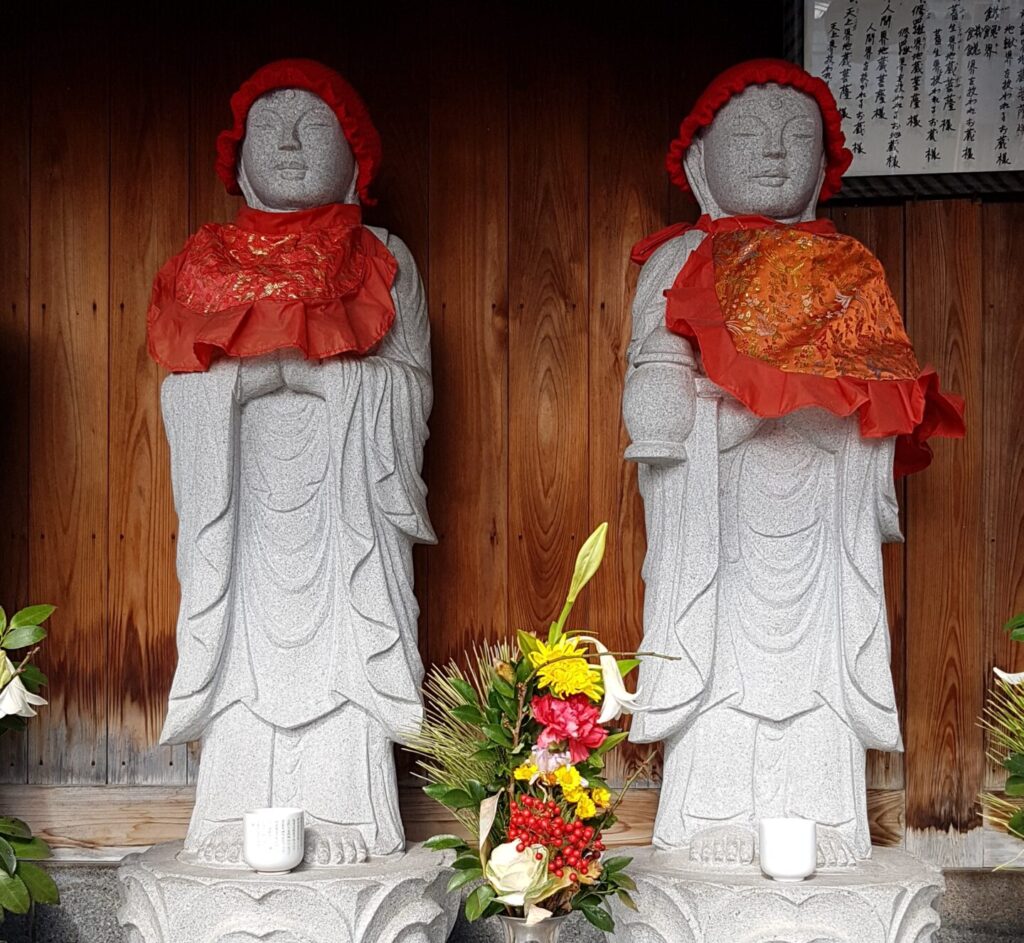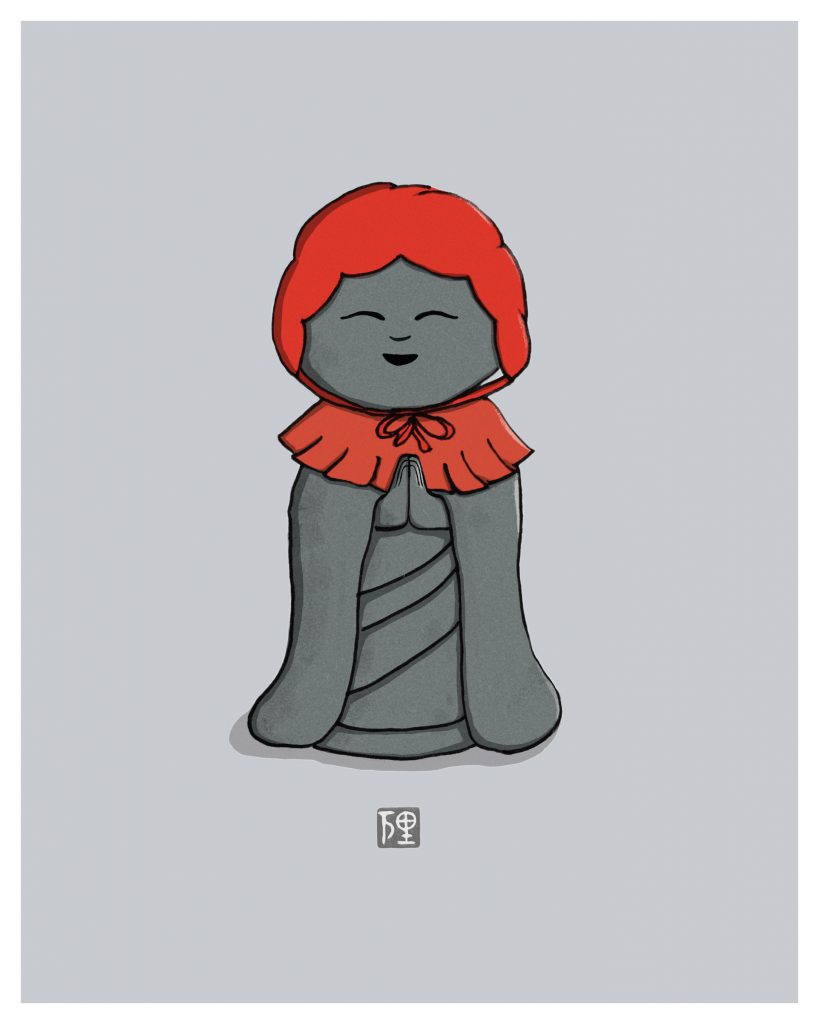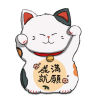Japanese culture
A few illustrations inspired by Japanese culture
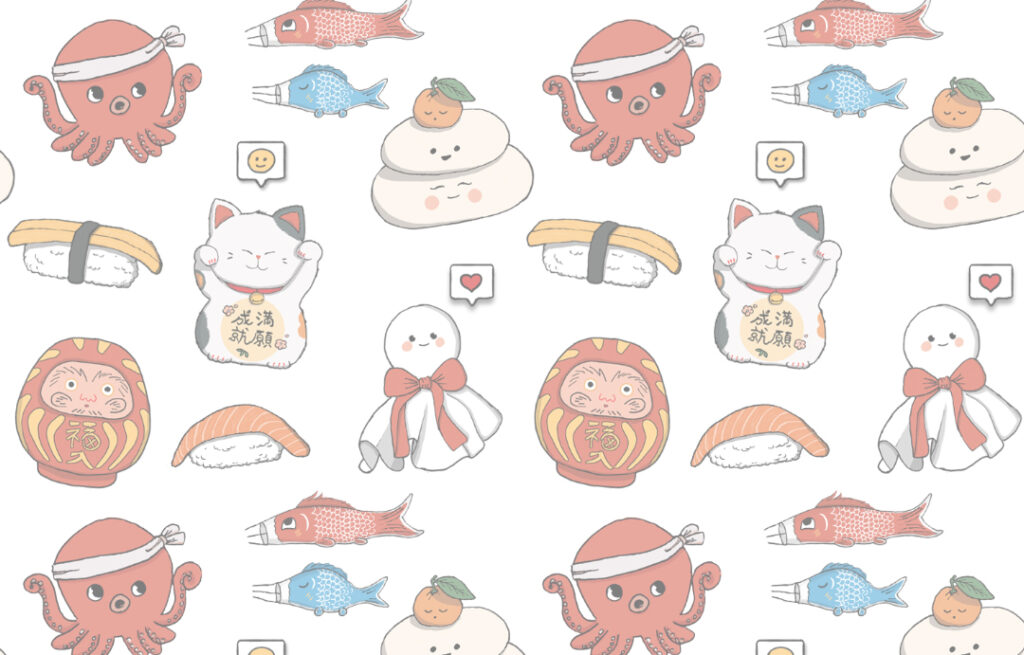
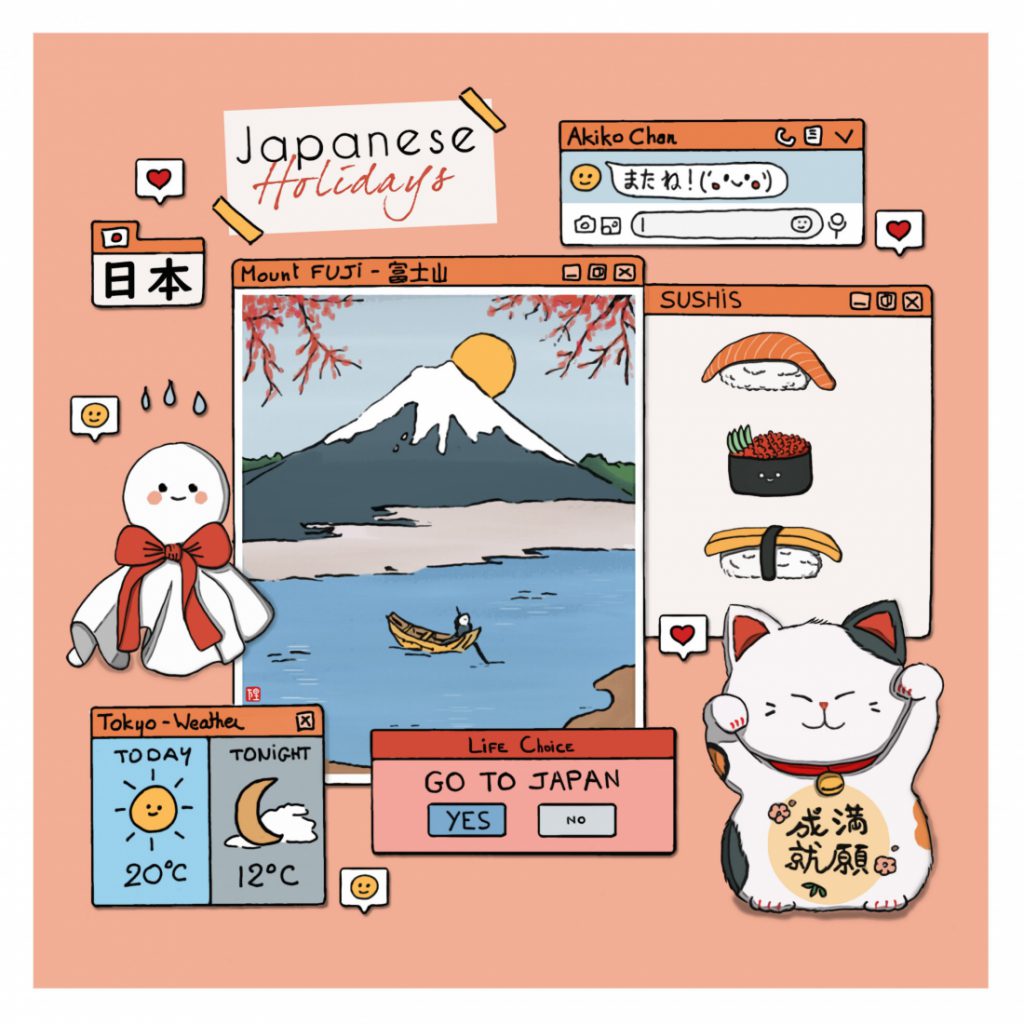
😺 manekineko
Manekineko, the cat who brings you good luck!
White cats with black and ginger spots are the most popular maneki-nekoThis color is considered a powerful lucky charm.
Did you know that Manekineko don't always have only one paw up? Some have two or even the four paws up!
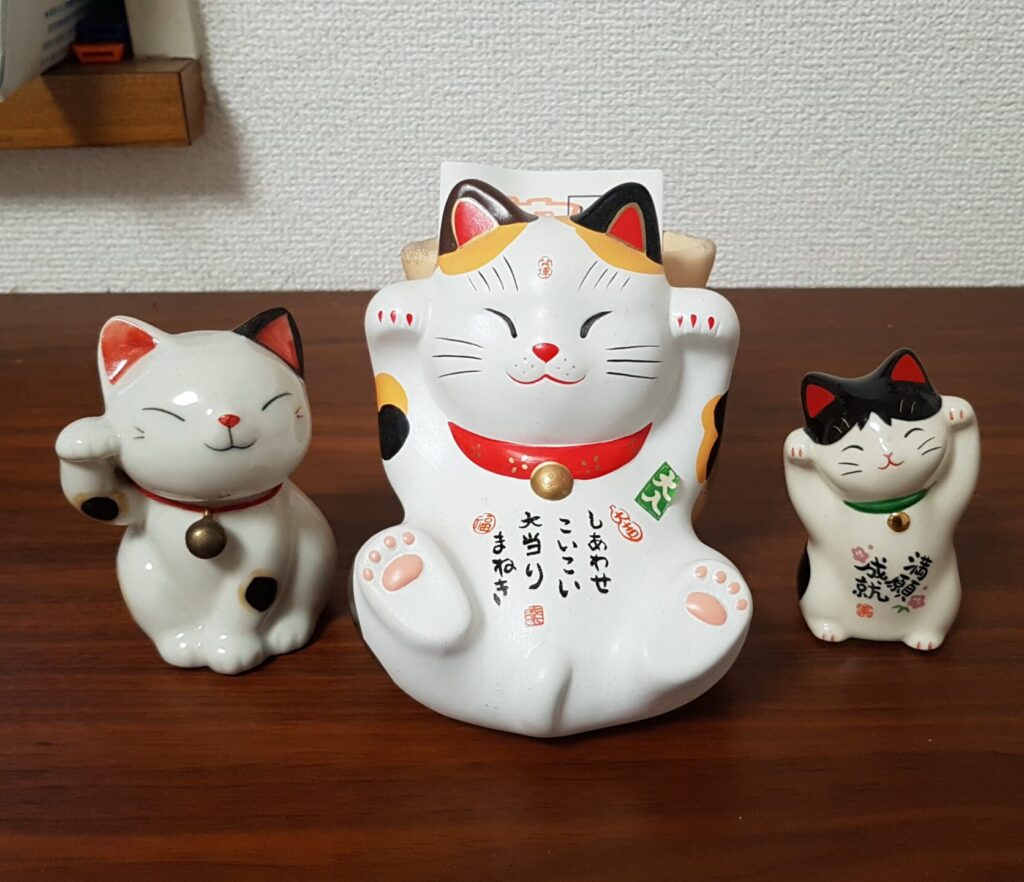
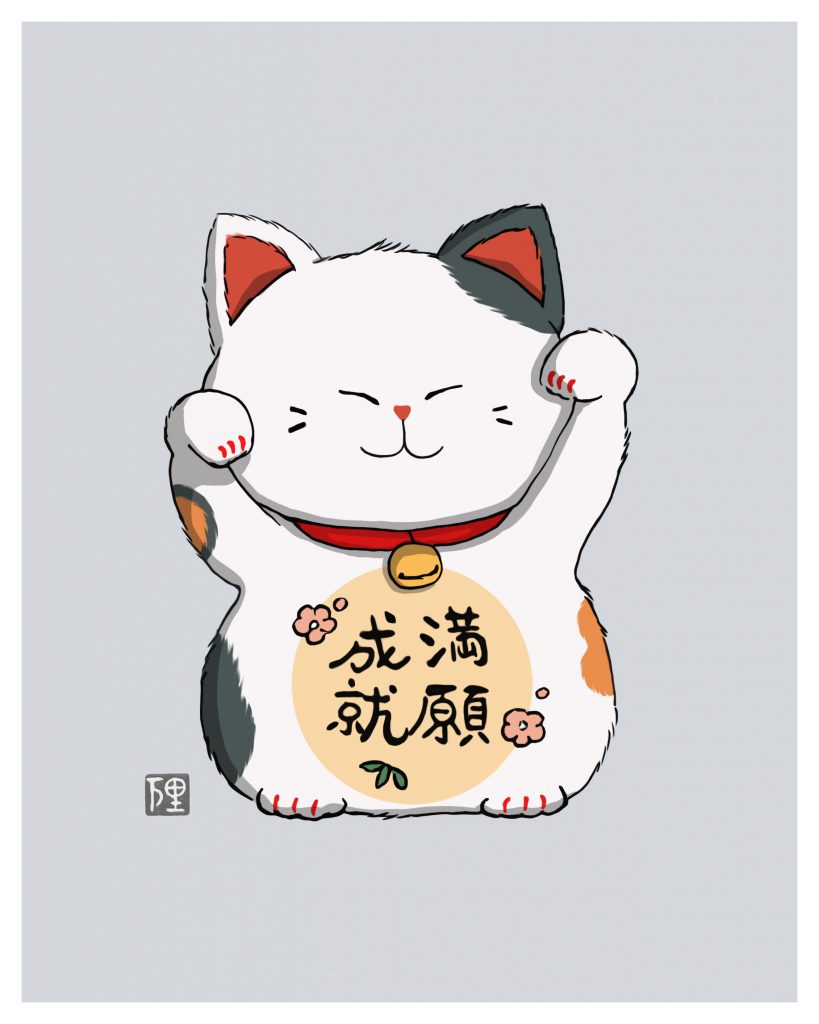
🍡Kagamimochi
Literally the "mirror cake", Kagamimochi is a food composed of two mochis and a bitter orange. Kagamimochi are usually bought in December and displayed in the house before being broken and prepared on January 11 during the kagami biraki ceremony (opening of the mirror). I also saw a few of them as a offering at a Shinto temple in January.
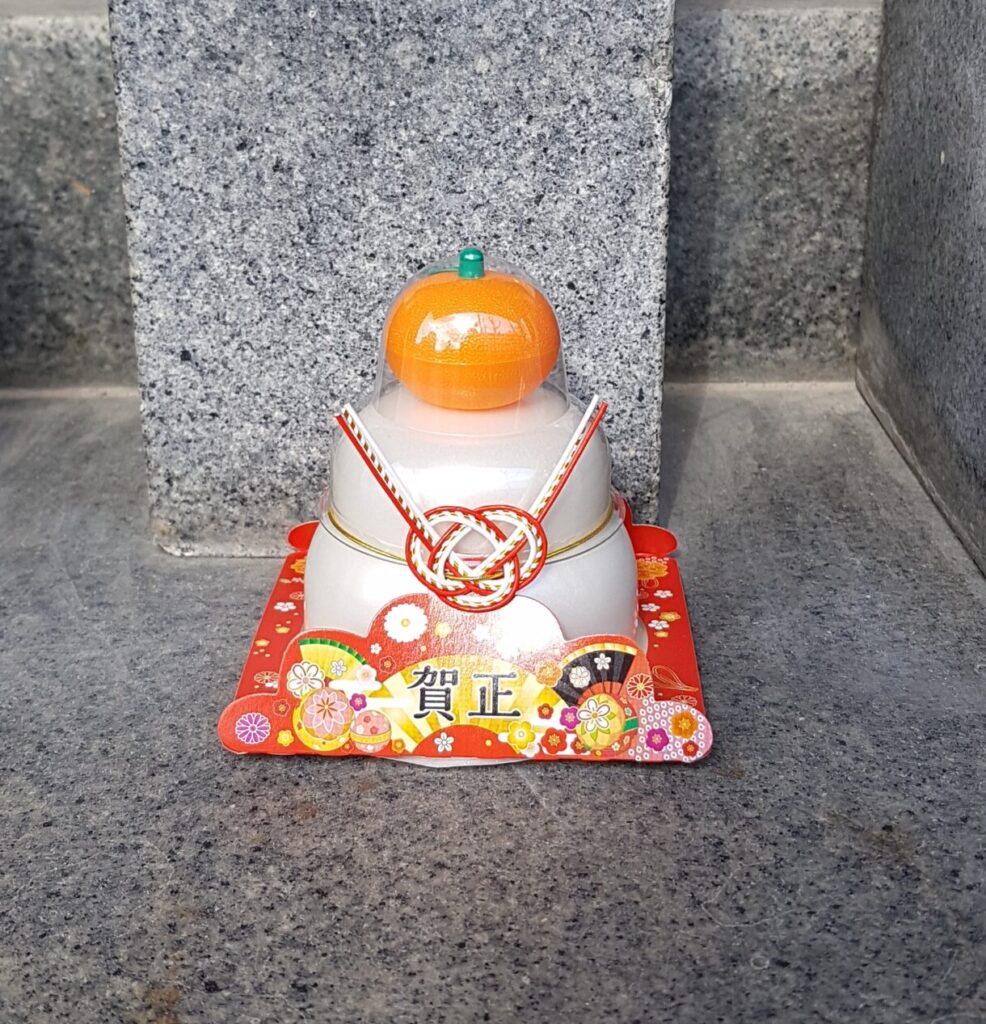
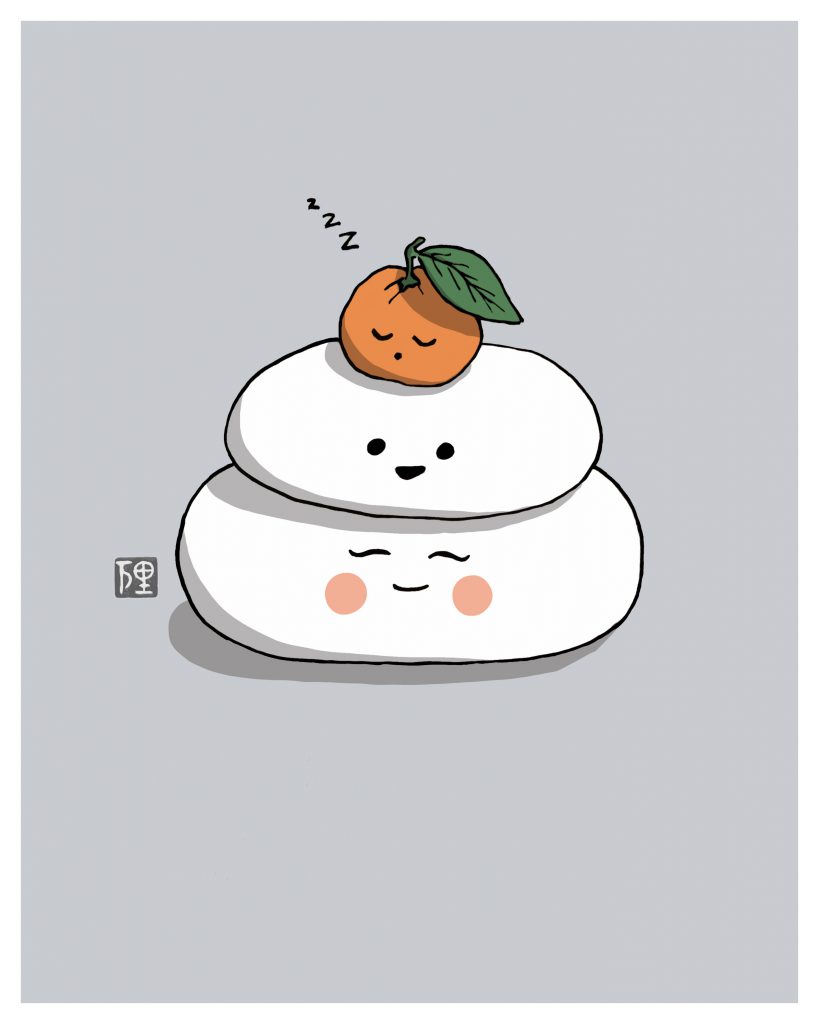
🌦️Teru teru bozu
The teru teru bozu is a small Japanese talisman doll made from white paper or fabric that is supposed to have magical powers to bring good weather and to stop or prevent a rainy day. Hang it outside of your window by a string and sing the traditional nursery rhyme to ask him to chase the rain and make tomorrow sunny again. And if the doll fails, you can cut her head off…
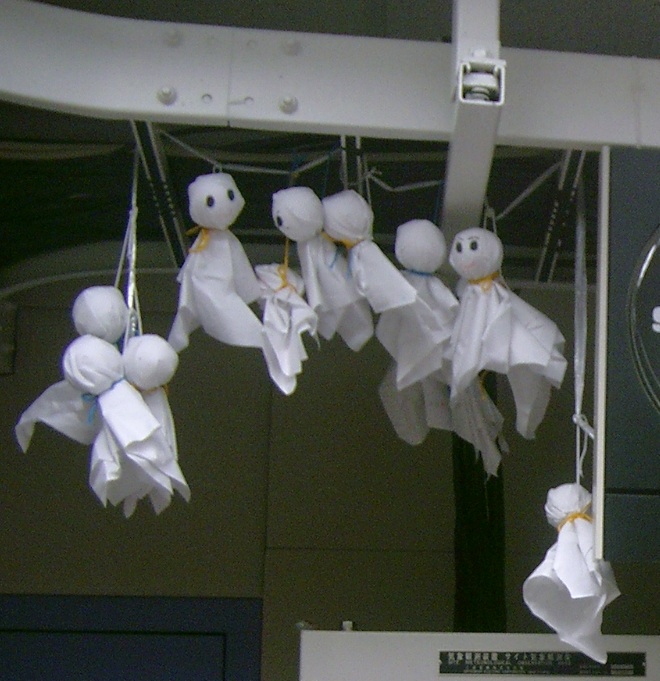
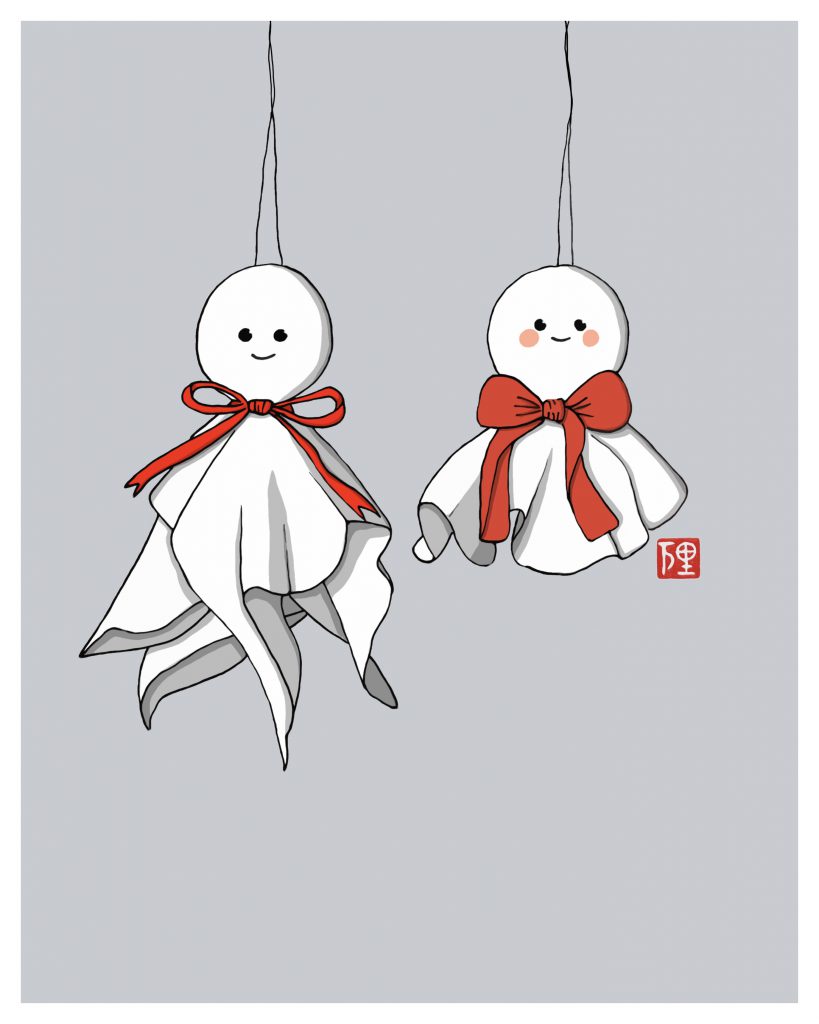
Daruma
The Darumas are wish figurines, often in papier mache, modeled after Bodhidharma (an Indian religious who created the school of Zen Buddhism).
They can be purchased in temples’ shops or touristic shops. When you buy a Daruma his pupils are empty.
.
How does it work?
1. Draw a pupil on the left eye while thinking about your wish.
2. Place the Daruma in evidence in the house.
3. Do not simply wait for the wish to come true. The fact that the Daruma is easily visible forces you to think about your wish and act to make it come true.
4. If the wish comes true, then draw the second pupil and write down how the wish was realized.
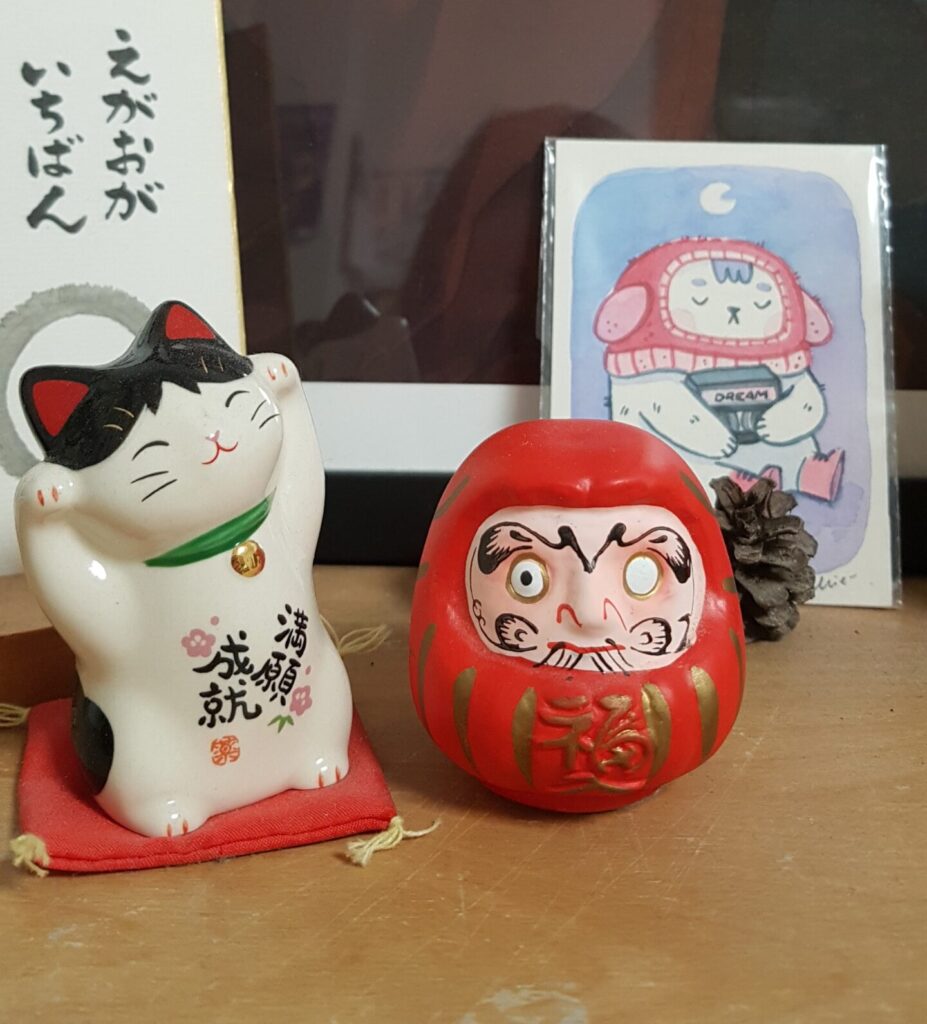
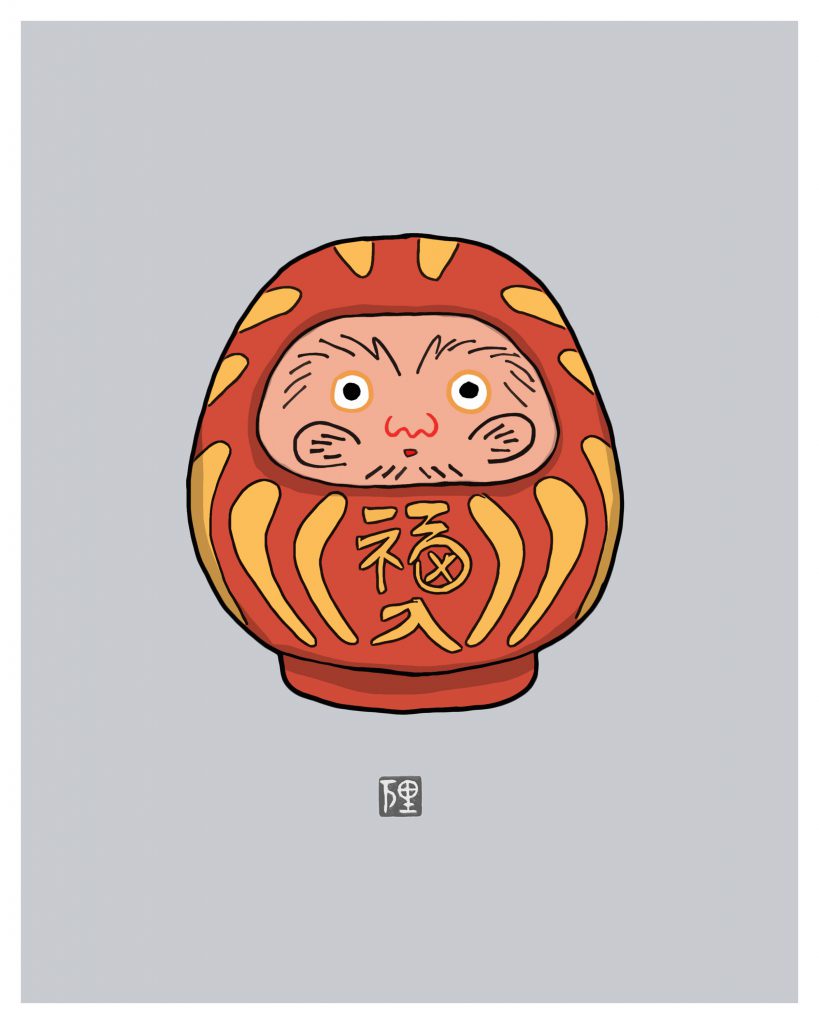
 Koi nobori
Koi nobori
These funny fish floating in the wind are are carp-shaped windsocks traditionally flown in Japan to celebrate Children's Day on May 5. This holiday was originally dedicated to little boys. A Koi carp can fight its way up swift-running streams and cascades. Because of its strength and determination to overcome all obstacles, it stands for courage and the ability to attain high goals. Since these are traits desired in boys, families traditionally flew Koinobori from their homes to honor their sons. The largest fish, black, represented the father and the second traditionally represented the oldest son, then other fish were added if the family had several boys. Now the second fish often represents the mother and the following fish represent the children, boys and girls.
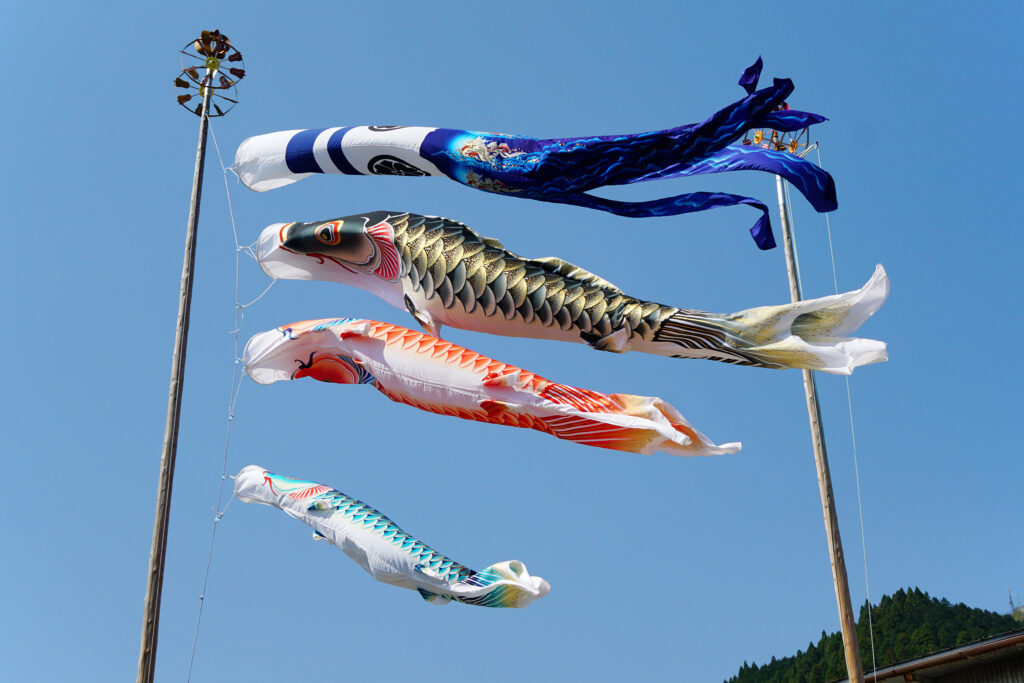

🙏 O-Jizo-san
You will often come across statues in Japan wearing a red cap or bib.
This is O-Jizo-san, the protector of children who passed away and unborn babies.
In Buddhism, it is thought that the soul of children who died before their parents are not able to cross the river to the afterlife. They remain on the shore, and have to make small mounds of stones as a penance. But every night, evil spirits destroy the stone towers, and the children have to start again.
This is when O-Jizo-san appears to save them and hide them from the demons in the sleeves of his robe.
Parents who have lost a child will often put a red bib on a Jizo statue to symbolically entrust the child to him, but it also makes mourning easier.
